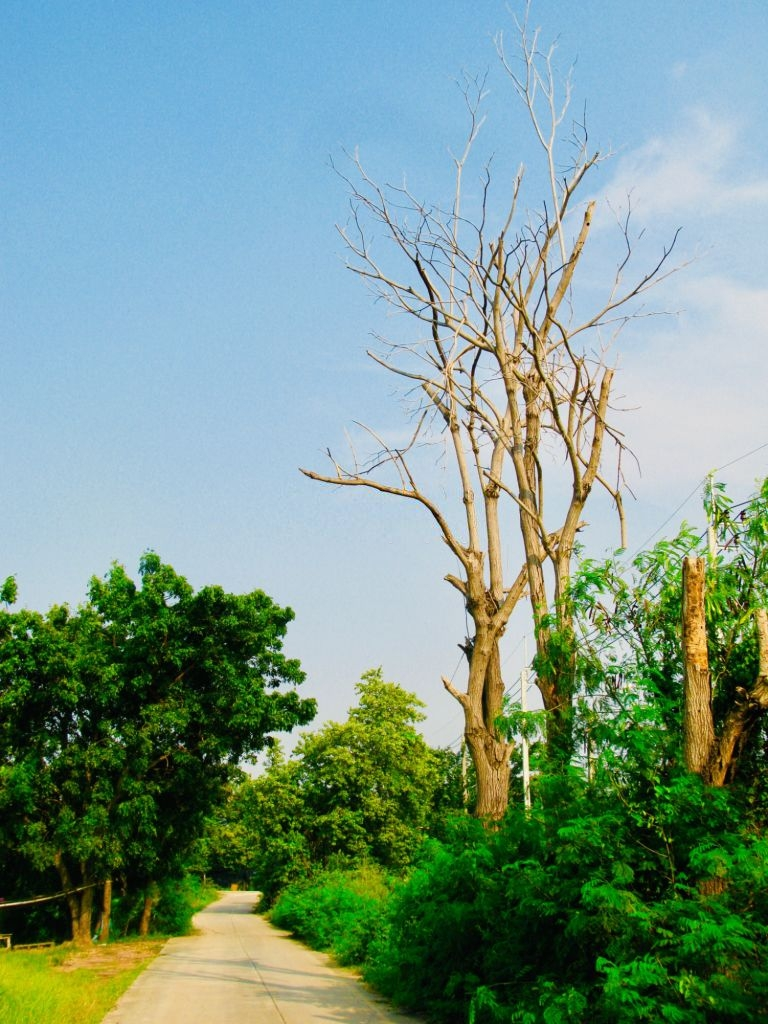Tree Care Tips—Dying Trees
 Whether we acknowledge it or not, trees are a vital part of our lives. They are oxygen makers, pollutant reducers, shade providers, wind blockers, and eye pleasers. Given their importance, it’s only fair that we do all we can to keep them healthy. Not only are sick trees an eyesore, but they also pose a threat to you and everyone and everything in the area they occupy. Deciduous trees (the type of trees that lose their leaves in the fall) are perfect for adding some shade to your yard. If you plant these trees on the southern and western sides of your home, you will not only have a reliably comfortable and shady place to relax in the summer, but you can also cut your air conditioning costs.
Whether we acknowledge it or not, trees are a vital part of our lives. They are oxygen makers, pollutant reducers, shade providers, wind blockers, and eye pleasers. Given their importance, it’s only fair that we do all we can to keep them healthy. Not only are sick trees an eyesore, but they also pose a threat to you and everyone and everything in the area they occupy. Deciduous trees (the type of trees that lose their leaves in the fall) are perfect for adding some shade to your yard. If you plant these trees on the southern and western sides of your home, you will not only have a reliably comfortable and shady place to relax in the summer, but you can also cut your air conditioning costs.
Symptoms of a Sick Tree
Before you can go about saving a tree, you first need to know how to identify a sick one. Though there are many tree ailments, there are a few common warning signs:
- Poor Structure—After a big storm or because of some unnatural growth pattern, trees can often lean too far to one side or the other. If this is the case for a big tree that is close to your home, you want to rectify the situation as soon as possible by contacting a local arborist to inspect your tree.
- Decay—Though this can be a hard disease to spot—because it usually first attacks the inside of the tree—visible symptoms will include mushroom-like spores, dead branches, an expanded base, and soft branches that are easy to break.
- Cankers and Deadwood—Cankers are areas of dead bark. They are caused by bacteria/fungi that infect your tree. If your tree is showing these signs, you can often prune off the cankers.
Tips to Bring a Sick Tree Back to Health
- Identify the Problem—As you can imagine there are a number of problems that could affect a tree, which means diagnosing the problem can require a consultation with an experienced arborist.
- Adjust Mulching—If you mulch your tree, make sure you leave enough room for it to breathe.
Ensure Correct Watering—If you are in a drought, give your tree some much-needed water. However, do keep in mind that overwatering can be harmful. - Prune Regularly and Properly—Tree pruning is vital for a strong immune system and proper growth.
- Use Fertilizer Properly—If done incorrectly fertilizing can have adverse effects on your tree. Before fertilizing, test your soil to find out if and how much fertilizer you need.
Not all sick trees can be remedied. However, these above-listed tips are also great for disease prevention. If prevention fails and you tree becomes sick, don’t hesitate to contact your local arborist or tree care professional.
